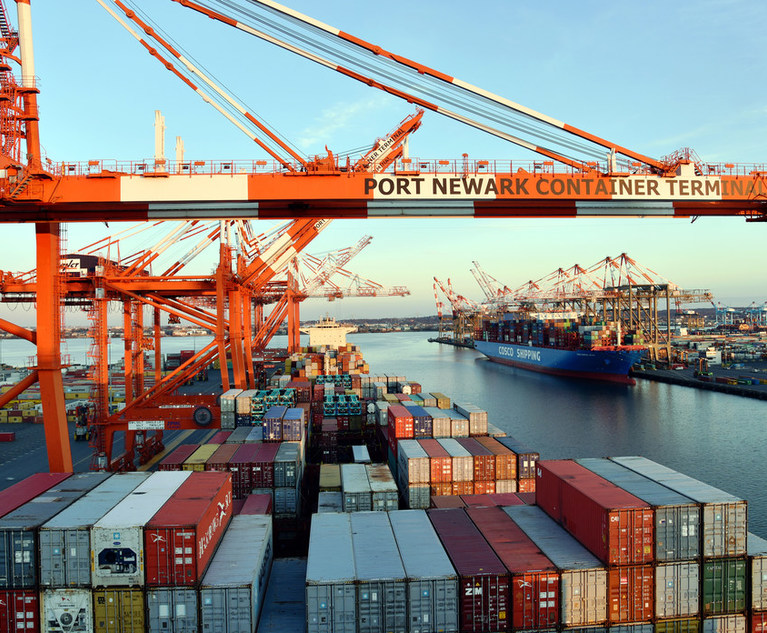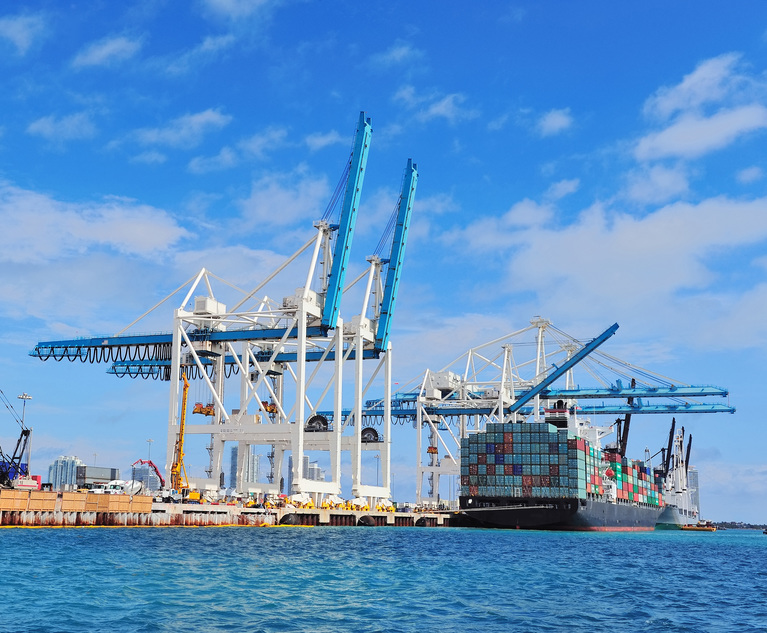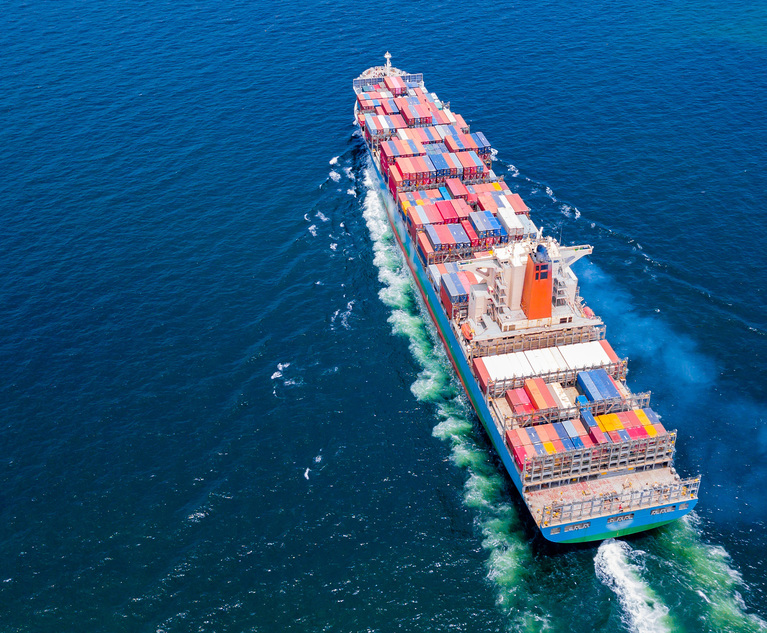On Jan. 1, 2024, for the first time a large segment of commercial merchant vessels (cargo and certain passenger ships above 5,000 gross tons) will be subject to an emissions-cap-and-trade system. Implemented by the European Union, the Emissions Trading System (ETS), which has been in effect for many years, will now require each vessel trading exclusively within the Euro Zone to pay a tax to cover the CO2 emitted by the vessel. For vessels trading to and from the zone, each will be required to pay a tax covering 50% of such emissions. The tax will be phased in over time (40% of CO2 emissions in 2024; 70% in 2025; and 100% in 2026). In 2026, the ETS will extend to Methane and Nitrous Oxide emissions. As well, the EU has adopted a new Fuel EU Maritime regulation, which will gradually introduce lower GHG-emitting bunker fuel to power vessels with the goal of reducing GHG emissions in bunker fuels by 80% by 2050. The EU’s near-term goal is to reduce GHG emissions by 55% by 2030 from 1990 levels.
The mechanism to pay the tax is the EU Allowance (EUA), which are authorizations to emit a certain level of CO2 emissions administrated through a central online database known as the Union Registry run by the European Commission. EUAs are currently available for purchase to maritime stakeholders. The Registry is creating new Maritime Operator Holding Accounts. EUAs may be bought and sold on the market, and sellers may sell them across all regulated industries, including the power sector and aircraft operators. EUAs may be bought in the primary market through auctions on the European Energy Exchange (EEX). EUAs relating to merchant vessels may be surrendered starting in 2025 to compensate for emissions from the previous year. Emission reports are due by March 31 of the following year.


 View of the container ships in Newark container terminal, where the gantry cranes are loading and discharging cargo from the vessels, Newark, New Jersey.
View of the container ships in Newark container terminal, where the gantry cranes are loading and discharging cargo from the vessels, Newark, New Jersey.




